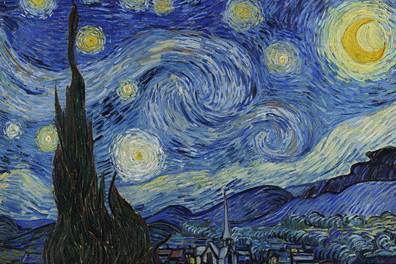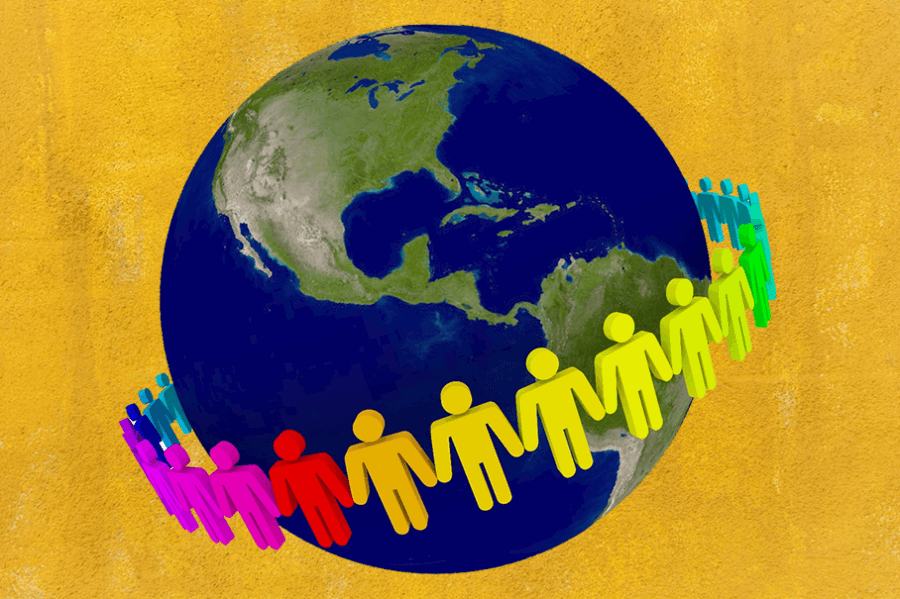A Great Learning Moment for Us
I have written about taking care of Ginger in recent essays regarding her dancing with death. She is time-consuming, but I love her and will provide for all of her needs. I was changing her dressing yesterday morning, followed by trimming her nails and brushing her coat. While spending about a half-hour dealing with Ginger, I was watching this video.
The choreography of the dancing starlings amazed me amid my concerns for Ginger. I couldn’t explain the seemingly effortless flow of thousands of starlings dancing through the skies. Their dances are called murmurations. Murmuration comes from the Medieval Latin word murmuratio, which means the sound of murmuring.
When I don’t understand something, I’ll google it. It turned out that starlings do their murmurations or dances in large flocks that number from a couple hundred thousand. The largest flock was estimated at six million dancers. Therefore, a flock of swooping and diving starlings would make a murmuring sound.

The next question was, why are starlings into murmuration? Physics has an explanation, which is called critical transition. Nevertheless, I never took physics in college and neither did any of the starlings. I would have thought that their dancing was tied to biology rather than physics.
Remember, I never took physics, but this is my layperson’s explanation of a critical transition. Essentially, murmurations occur when one starling notices one of its predators, like a peregrine falcon, and responds to the threat. The starlings flying adjacent to the alarmed starling notice the reaction of the starling that first saw the peregrine falcon.

Ornithologists claim that seven or eight starlings generally make up the closest group to the responding starling. That critical transition now is multiplied by seven or eight more starlings around the first group. This sets off an exponential response, which occurs in a matter of a couple seconds. The entire flock will have responded to the first starling.

The obvious question is how ornithologists developed that explanation? They couldn’t observe it while watching a couple hundred thousand starling doing their dance. That was true until the advent of motion pictures. Researchers have filmed starlings doing their murmurations and watched it in slow motion. Then it is obvious why the starlings do the dance through the skies—to avoid peregrine falcons.
However, murmurations aren’t limited to protecting the flock from an adversary. In the late fall, starlings fly in large groupings as they migrate to warmer climes. Murmurations provide warmth. Murmurations are also a means of signaling where food is more abundant.
So, what is our takeaway from the dance of the starlings? Starlings protect and support each other. They aren’t into thinking that the individual is more important than the group. As humans, we have a choice; it is either we or me. Some Americans are into white supremacy, men are better than women, or I’m better than you. Starlings are all starlings, and humans are all humans. Not all starlings look identical or are all the same sex. We are no different than the starlings. Tragically, many of us need to learn this critically important lesson of life. We are in this together regardless of the various differences that some think are important.
Here are some additional teaching moments.
Follow @mountain_and_me










